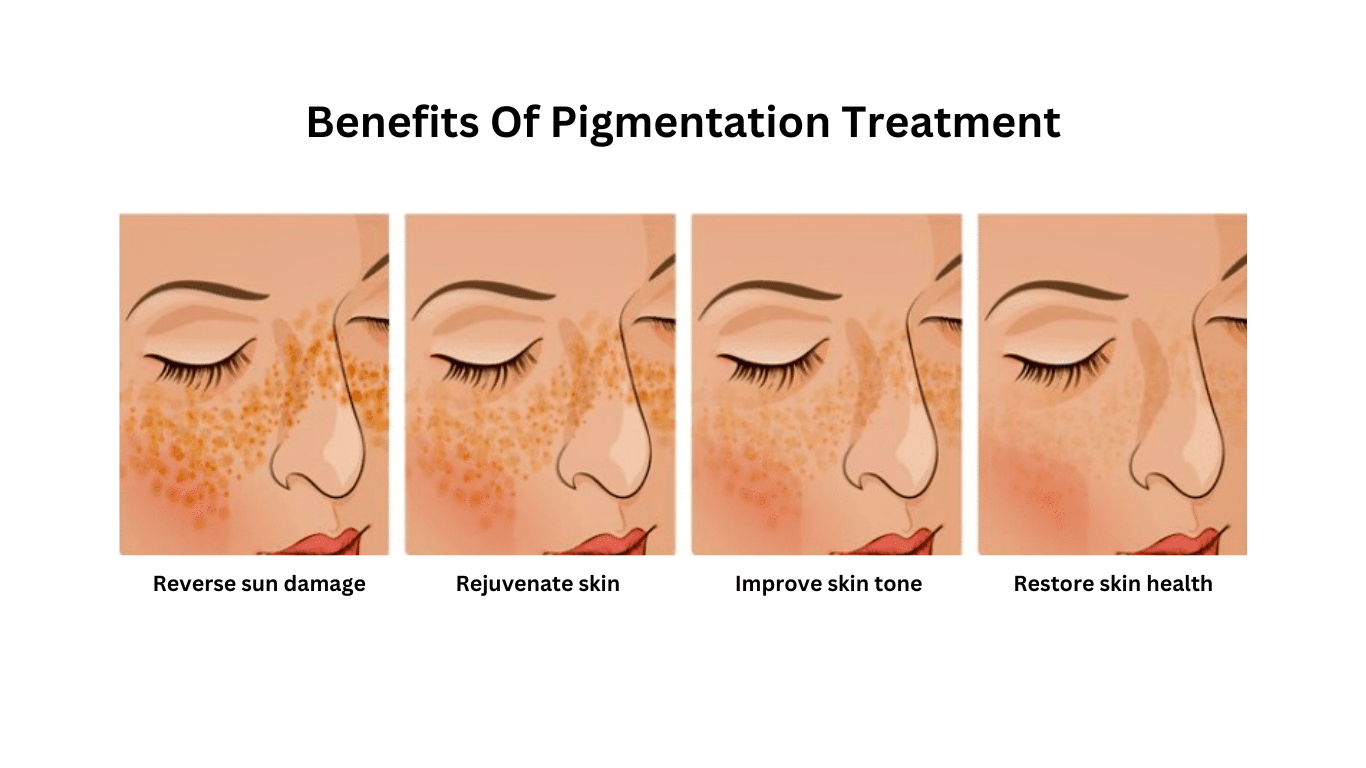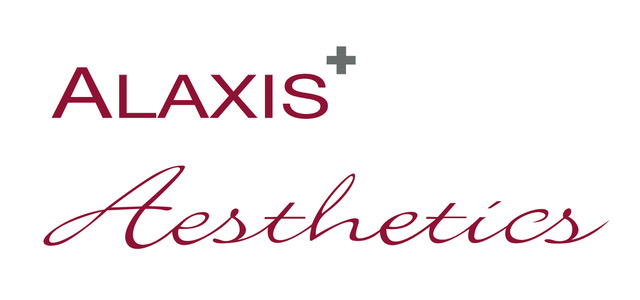Topical Treatment
The importance of cosmeceuticals is pivotal. There is a wide range of active ingredients in topical skin agents, beneficial when melanin production must be regulated. Topical ingredients such as hydroquinone, glycolic acid and vitamin A and vitamin C are often used to help address uneven skin tone and pigmentation at different levels. Quality active skincare goes hand in hand with an in-clinic treatment plan.

What can topical lightening agents treat?
Topical lightening agents are often prescribed to treat conditions such as melasma, age spots and other skin conditions that cause areas of the skin to darken. Topical lightening agents can also be used to prepare the skin for laser treatments. This reduces the risk of post-inflammatory hyperpigmentation (worsening of pigmentation) after laser treatment.
Commonly used lightening agents include:
Hydroquinone – This is a skin lightening agent that is often used for the treatment of hyperpigmentation. It works by reducing the amount of melanin in the skin, which is the pigment responsible for skin colour. Hydroquinone should be used under medical supervision. It is recommended to use a sunscreen when using hydroquinone, as hydroquinone increases skin photosensitivity.
Retinoids – These are derivatives of vitamin A that have been safely used in the treatment of pigmentary disorders. Retinoids help to increase skin cell turnover and promote the growth of new, healthy skin cells.
Vitamin C – This ingredient is used to brighten the skin and reduce pigmentation. Regular application can help decrease the appearance of sunspots and other types of pigmentation. An additional benefit of Vitamin C is the anti-oxidant effect it has, thus preventing the skin from environmental damage.
It is important to note that some topical treatments can cause sensitivity or irritation, especially if used improperly. Before beginning any treatment, it is critical to speak with a medical practitioner to discuss if the treatment is the right fit for your skin type and needs.
Laser Treatment
The choice of pigmentation laser can vary based on a variety of factors, including the skin type, the specific type of pigmentation and the severity of the pigmentation. It is important to consult with a medical practitioner to determine which laser treatment is right for you.
There are several types of pigmentation lasers, including:
Q-switched Nd:YAG laser – This laser works by emitting short pulses of high-energy light that selectively target pigmented cells in the skin, breaking them up and causing them to be absorbed by the body.
Pico laser – This laser uses ultra-short pulses of energy to break up pigmentation. It is often used for the treatment of stubborn pigmentation issues that have not responded to other types of laser therapy.
Yellow laser – This laser emits a specific wavelength of light that targets the melanin production in the skin, breaking it down and reducing the appearance of dark spots.
Alexandrite laser – This laser is effective for treating sun spots, age spots and other types of pigmentation. It uses a longer wavelength than the Q-switched ND:YAG laser, allowing it to penetrate deeper into the skin.

What to expect from pigment laser treatment?
Treatment of the pigmented skin lesions are usually done in stages. Most people do not require anaesthetic and describe the sensation as similar to an elastic band flicking against the skin. The level of discomfort can depend on the location of the treated area and the type of pigmentation.

Frequently Asked Questions
Does pigmentation return after laser treatment?
You will require a series of laser sessions to treat pigmentation. After each session, you will see an improvement as more of the melanin deposit is shattered and flushed away by the body. Pigmentation can return as several factors such as acne and sun damage can cause new pigmentation to appear. Hence, while laser treatments can remove pigmentation, they cannot prevent new pigmentation from occurring.
Is laser pigmentation treatment painful?
The degree of discomfort varies with each person depending on the depth of the pigmentation, the location on the body and the type of pigmentation treated. Most treatments are quick and not usually painful. If the laser is used to treat a deeper pigmentation using a deeper penetrating laser wavelength, you may experience some burning discomfort for several hours after the laser treatment.
How many skin pigmentation treatments are needed?
This varies from person to person depending on certain factors. Depending on the type of pigmentation being treated, 4 to 6 sessions is recommended to reap the benefits of treatment.
A satisfactory result is usually seen within 2- 3 treatments. Pigmentation that is deep or dermal can take up to 6 treatments or more and a strict skin care regime must be followed.
Are there any side effects with laser treatment for pigmentation?
Immediately following treatment, you may experience some redness for 24 to 48 hours but this will rapidly diminish. Certain patients may experience a temporary darker discolouration around the treated area but this will typically resolve over the next few weeks back to reveal lighter looking skin.


